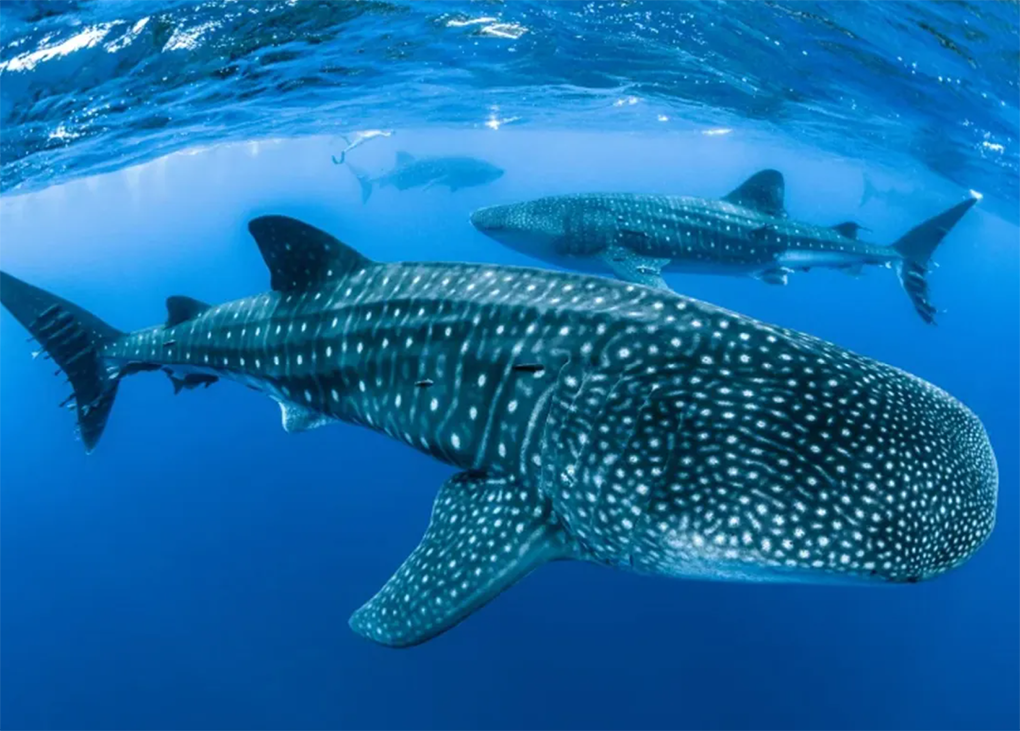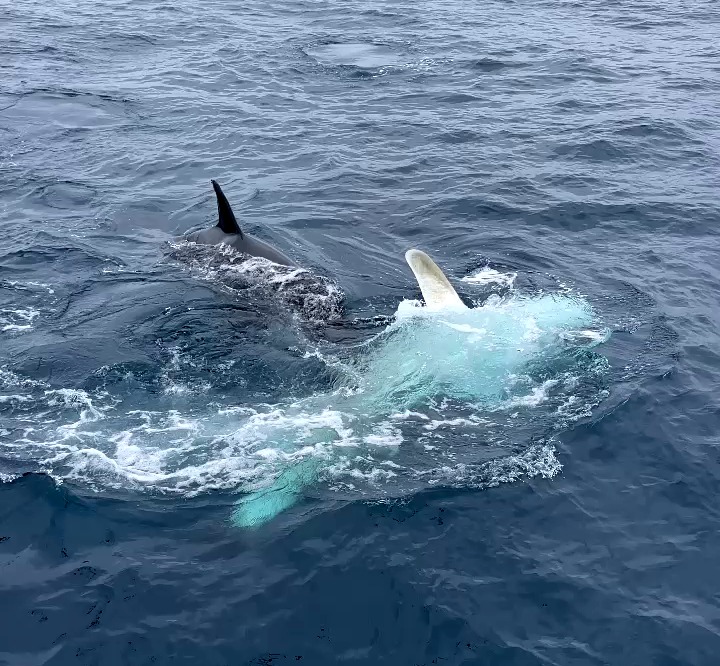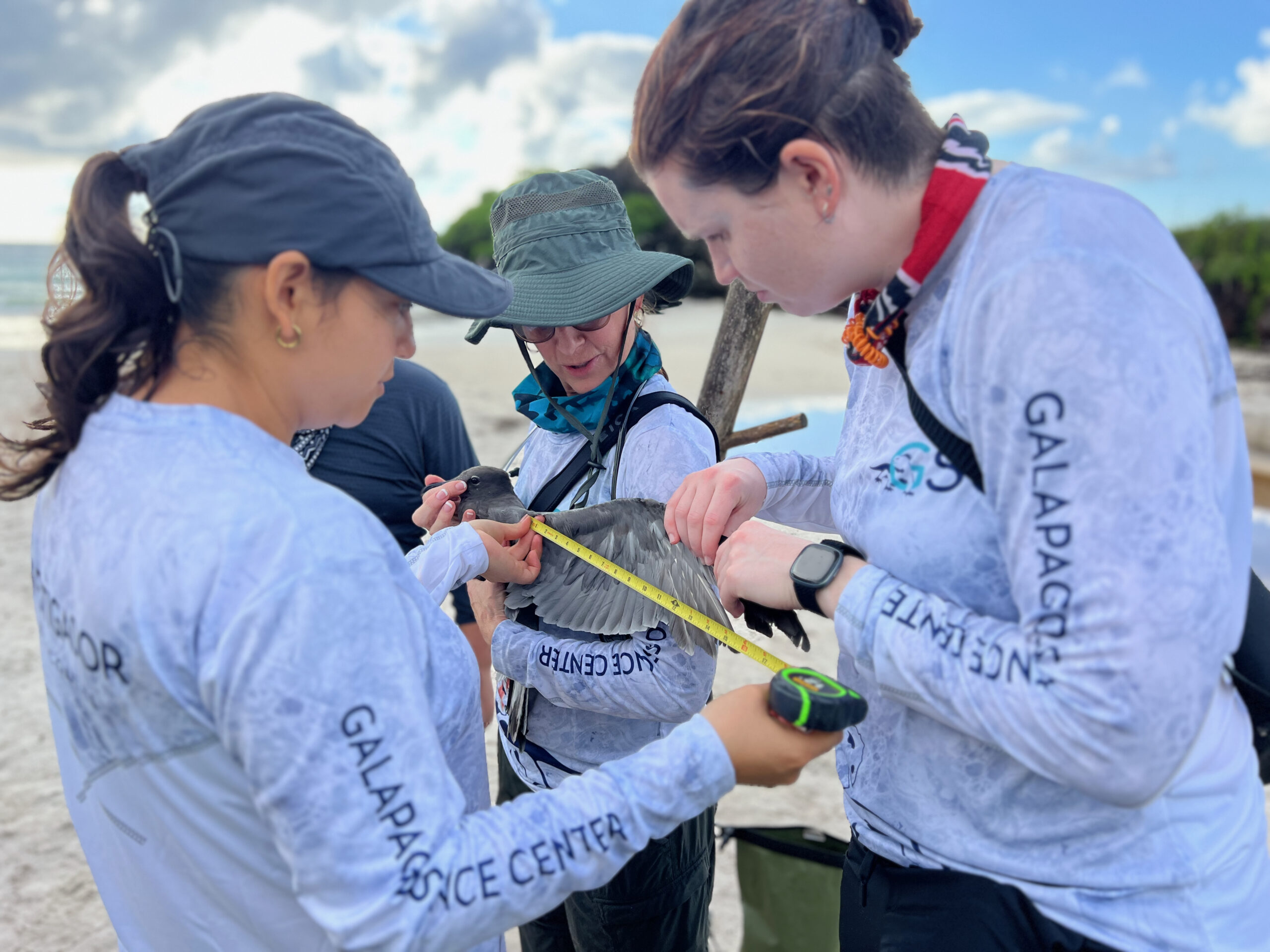El transporte marítimo industrializado puede estar causando una gran cantidad de muertes de tiburones ballena en todo el mundo, según un nuevo estudio.
Los biólogos marinos de la Marine Biological Association (MBA) y la Universidad de Southampton han llevado a cabo una investigación pionera que indica que las colisiones mortales de tiburones ballena con grandes barcos están siendo enormemente subestimadas, y podrían ser la razón por la que las poblaciones están disminuyendo.
Los números de tiburones ballena han estado disminuyendo en los últimos años en muchas ubicaciones, pero no está del todo claro por qué está sucediendo esto.
Debido a que los tiburones ballena pasan una gran cantidad de tiempo en las aguas superficiales y se reúnen en regiones costeras, los expertos teorizaron que las colisiones con barcos podrían estar causando la muerte de un número significativo de tiburones ballena; pero anteriormente no había forma de controlar esta amenaza.
Científicos de 50 instituciones y universidades internacionales rastrearon los movimientos tanto de los tiburones ballena como de los barcos en todo el mundo para identificar áreas de riesgo y posibles colisiones. Los datos de movimiento rastreados por satélite de casi 350 tiburones ballena fueron sometidos al Proyecto de Movimiento Global de Tiburones, liderado por investigadores de la MBA.
El equipo mapeó “puntos críticos” de tiburones que se superponían con las flotas globales de carga, petroleros, pasajeros y barcos pesqueros, los tipos de grandes barcos capaces de golpear y matar a un tiburón ballena, para revelar que más del 90 por ciento de los movimientos de tiburones ballena estaban bajo la huella de la actividad de envío.
El estudio también mostró que las transmisiones de etiquetas de tiburones ballena estaban terminando con más frecuencia en carriles de envío ocupados de lo esperado, incluso cuando descartaban fallas técnicas. El equipo concluyó que la pérdida de transmisiones probablemente se debió a que los tiburones ballena fueron golpeados, matados y hundidos en el fondo del océano.
Freya Womersley, investigadora de doctorado de la Universidad de Southampton, quien dirigió el estudio como parte del Proyecto de Movimiento Global de Tiburones, dijo: “La industria marítima que nos permite obtener una variedad de productos cotidianos de todo el mundo puede estar causando la disminución de los tiburones ballena, que son una especie muy importante en nuestros océanos”.
Los tiburones ballena son gigantes oceánicos de movimiento lento que pueden crecer hasta 20 metros de longitud y se alimentan de animales microscópicos llamados zooplancton. Los tiburones ballena ayudan a regular los niveles de plancton del océano y desempeñan un papel importante en la cadena alimentaria marina y en los ecosistemas saludables del océano.
El profesor David Sims, Investigador Senior de la MBA y la Universidad de Southampton y fundador del Proyecto Global de Movimiento de Tiburones, dijo: “Increíblemente, algunos de los tags que registran la profundidad, así como la ubicación, mostraron que los tiburones ballena se mueven hacia los carriles de envío y luego se hunden lentamente hasta el lecho marino a cientos de metros de profundidad, lo cual es la ‘prueba irrefutable’ de un choque letal con un barco”.
“Es triste pensar que muchas muertes de estos increíbles animales han ocurrido en todo el mundo debido a barcos sin que siquiera sepamos tomar medidas preventivas”, dice Sims. Actualmente, no existen regulaciones internacionales para proteger a los tiburones ballena contra colisiones con barcos. El equipo de investigación dice que esta especie enfrenta un futuro incierto si no se toman medidas pronto. Esperan que sus hallazgos puedan informar las decisiones de gestión y proteger a los tiburones ballena de futuras disminuciones de población en el futuro.
Womersley dijo: “Colectivamente, necesitamos dedicar tiempo y energía al desarrollo de estrategias para proteger a esta especie en peligro de extinción de la navegación comercial ahora, antes de que sea demasiado tarde, para que el pez más grande del mundo pueda resistir las amenazas que se predicen que se intensificarán en el futuro, como los cambios climáticos en los océanos”.
Lee el artículo completo en PNAS.






